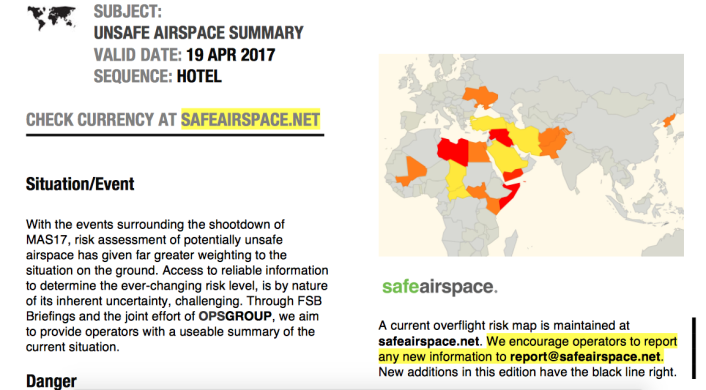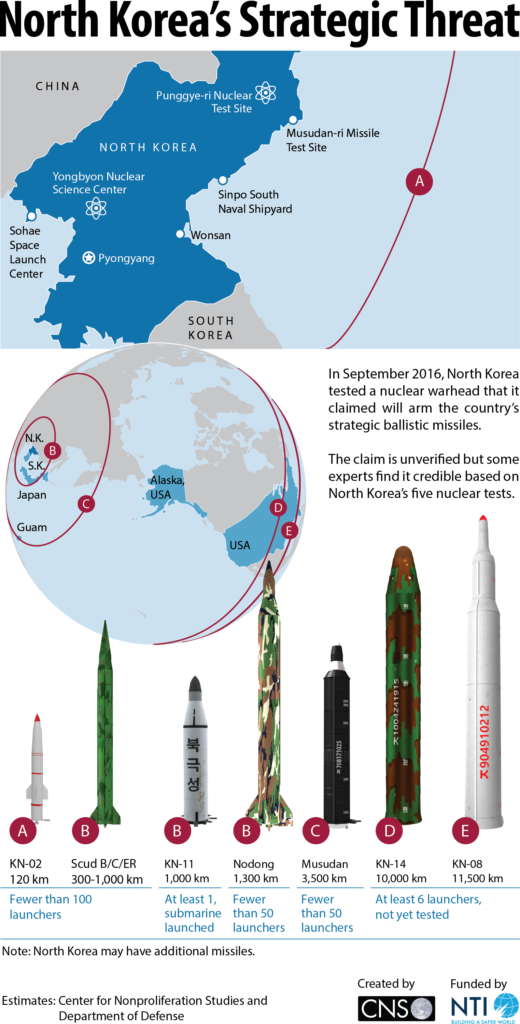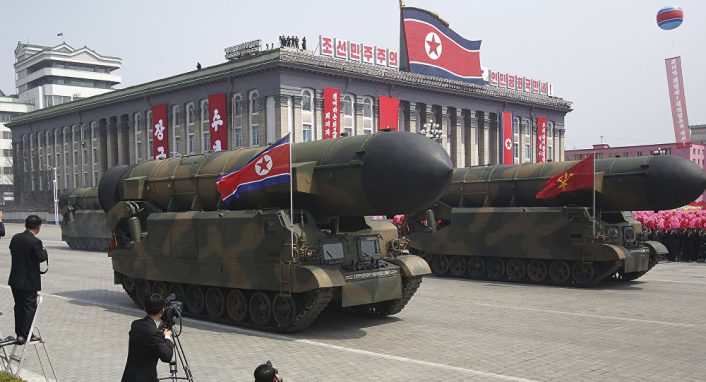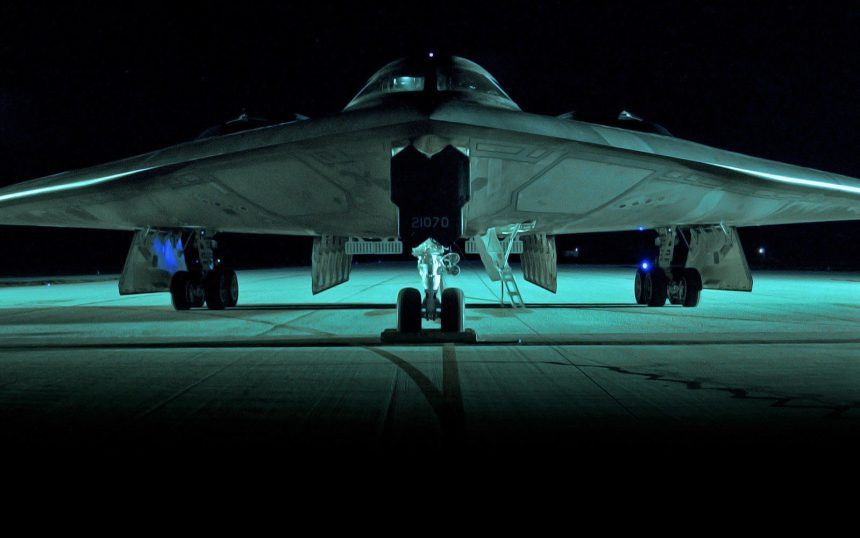Media Suggests U.S. Could Strike Preemptively: But What Are The Chances?
The U.S. Military could launch precision strikes against specific North Korean targets as early as next month if North Korea continues threats of nuclear weapons and long-range missile development. Military action may be viewed as necessary by the U.S. with growing concern over North Korea’s weapons development and continued threats of using long-range missiles to strike without warning.
Reported elevated readiness of Chinese, South Korean and U.S. military assets in the region have increased tensions and speculation about the likelihood of either the U.S. or North Korea launching a preemptive strike.
What are the chances and indicators of conflict developing soon in the volatile region? What would a U.S. strike, if it came, look like?
Social media and contributory Internet press have painted a somewhat sensational, hawkish picture of tensions in the region. The weekend prior to North Korea’s massive April 15 military parade U.S. media outlet, “Superstation 95.com” erroneously reported that, “There is now a “mad dash” to leave Seoul, the Capital of South Korea.” Spurious reports of military activity in the region have been widely shared across blogs and social media.
These sensational reports reached a climax over the weekend when network media incorrectly reported the USS Carl Vinson (CVN-70) battle group was en route to the Korean Peninsula. It is unclear whether reports of the Carl Vinson battle group were intentionally misleading as a “feint” or if the media and U.S. government simply did a bad job coordinating press information.
Official Chinese media outlet Xinhuanet is muted in their characterization of an armed conflict being imminent, even though the BBC World News reports that, “China fears North Korea-US conflict ‘at any moment’.”
Despite sensationalized reporting, the North Korean watchdog website 38North.org suggests little remarkable activity within the key Yongbyon Nuclear Complex. This lack of activity pointed to the failed missile test Sunday in North Korea as opposed to a nuclear test near Yongbyon.
On Wednesday, April 19, Flight Service Bureau, a commercial aviation information organization, issued its strongest warning for civilian flights over North Korea, publishing a Notice to Airmen that reads, “With the increased tension on the Korean peninsula in April 2017, we raise the risk level to ‘Moderate’. Historically, the rhetoric has been predictable. That has now changed. With China off-side, and increased US appetite for action, North Korea has begun to act unpredictably.”
Flight Service Bureau’s “Moderate” risk level is their highest level, with the source confirming that, “In assessing risk to flight over each countries borders, two scenarios are predominant for civil flight: 1. Risk of shootdown, inadvertent or intentional; 2. Aircraft emergency requiring a landing. Both these elements are taken into consideration in determining a classification. The highest level of risk here is ‘Moderate’, on the basis that calling it ‘high’ or ‘severe’ would exaggerate the actual level or risk in landing or overflying the territories concerned”.

The Chinese official airline, Air China, had already suspended flights between Beijing and Pyongyang, but the airline cited falling traffic as the reason, not diplomatic or security factors.
China halted imports of coal from North Korea to China, a potential blow to North Korea’s economy. Chinese media reports the reasons for the import halt were that the limits of Chinese mandated coal imports from North Korea, and that the reported tensions in the region are not related to the halt of coal shipments from North Korea to China.
United States popular media reports that China has moved military units close to the Chinese/North Korean border are disputed by the Chinese government. Official U.S. Pacific Command has refused to comment about any potential Chinese troop movements. China’s foreign ministry called such reports “pure fiction,” with Chinese Ministry of Foreign Affairs spokeswoman Hua Chunying saying, “I have no idea where these reports are coming from” in remarks to the Chinese news outlet Huanqiu.com.
Any attack on North Korea by the United States within the next 60 days would likely be a measured response to nuclear or missile tests. Precision strikes likely using cruise missiles and, to a lesser degree, low observable aircraft like the B-2 Spirit, could destroy North Korean launch and test facilities specifically. Any action by the U.S. must also contain the threat of retaliation by the North Koreans on South Korea and Japan. The South Korean capital is only 35 miles, about 56 kilometers, from the North Korean border along with its 25-million person population, half of South Korea’s total population.
North Korea disclosed it has an inventory of approximately 38.5kg (84.8 pounds) of weapons-grade plutonium from spent fuel rods in May 2008. Two years later in November 2010 they revealed a uranium enrichment program intended to produce low enriched uranium for nuclear reactor fuel to produce electricity. This fuel could be converted to weapons grade materials, although yields would be low compared to the amount of material needed for nuclear weapons.
Pyongyang has conducted five live nuclear weapons tests, one each in 2006, 2009, 2013, and increased testing to two nuclear detonations in 2016. North Korea claimed the latest January 2016 test was a powerful thermonuclear warhead but this has not been verified. It is reasonable to suggest a significant amount of their nuclear material has been expended in testing.
Earlier in August 2013 the key Yongbyon Nuclear Complex started a 5 mega-watt nuclear reactor capable of producing 6 kg. (13.2 lbs) of weapons grade plutonium per year, but the reactor’s operation has been sporadic with satellite imagery frequently showing the plume of cooling steam leaving the reactor has stopped indicating it is not operating at full capacity.
To put this level of weaponized nuclear production into perspective it takes about 198 kg (436.5 lbs) of enriched uranium-235 to produce a warhead of similar destructive force to the warheads employed by the U.S. during the operational nuclear strikes on Japan in 1945.
Given these total numbers of nuclear material production North Korea would likely have a difficult time scraping together enough nuclear material to produce a reasonable number of warheads now. This is especially important when you consider their missile doctrine includes using large numbers of poorly guided missiles as opposed to sophisticated ICBMs with accurate targeting capability. In short, even if North Korea could load a warhead onto a missile with long enough range to reach the U.S., likely Alaska or Hawaii, it is unlikely the missile could be accurately guided to key targets.

If a preemptive U.S. attack on North Korea were to happen soon the primary strategic targets would likely be attacked from U.S. ballistic missile submarines using RGM/UGM-109E Tomahawk Land Attack Missiles (TLAM Block IVs). This first wave attack, similar to the surface attack launched against Syrian chemical weapons assets on Friday, April 7, would directly hit nuclear and missile facilities along with North Korea’s ability to strike Seoul. The initial strike would also degrade North Korea’s air defense capability and early warning assets. At close interval to the first wave of Tomahawk missiles a series of airstrikes by U.S. Air Force B-2 Spirit stealth bombers using standoff weapons such as air-launched cruise missiles may target key North Korean facilities. Strike package planners would keep survival of the expensive and exotic B-2 bomber force as a primary concern since the U.S. has only 18 currently operational B-2 stealth bombers. Submarine launched ballistic missile strikes would be limited too, with the number of rounds fired from submarines against North Korea being controlled by how many conventional Tomahawk cruise missiles are on board for use against North Korean targets.
Tactical air assets, from both the U.S. Navy and the U.S. Air Force, would be tasked with the air-policing mission should an attack happen on North Korea. These forces would contain and interdict any attack from North Korea on South Korea and provide a defensive cordon with Japan. Large numbers of North Korean long-range artillery gun tubes can fire on Seoul, so these targets would be destroyed if they began to fire on South Korea. It is unlikely U.S. Marine air assets would be tasked unless Marine Corps ground troops were employed, an unlikely outcome if the primary objective of the strike is degrading North Korean WMD development and capability.
A secondary objective to any strike on North Korea may be regime change. The rogue state has interjected political and economic uncertainty into the region since North Korea first invaded South Korea on June 25th, 1950. There has never been an official “end” to the Korean War of 1950, only an armistice signed in 1953. Tensions have remained high to extremely high for 64 years since the armistice. North Korea is a candidate for a “decapitation strike” since, unlike conflicts in the Mideast delineated by cultural and religious underpinnings, no such mass religious allegiance for North Korean leadership or culture exists outside the country. Adherence to government doctrine within the country is largely compelled by means of enforcement rather than voluntary compliance. In political and cultural terms North Korea is increasingly isolated and identified largely as a rogue state within the U.S. It’s likely very few Americans would identify with or feel empathy for North Korea if the U.S began military action against the rogue state.
A primary drawback to any regime change initiative is the potential for disastrous collateral humanitarian hardship. Any willful mission of regime change would have to include plans for humanitarian relief for the 25,378,000 people living in North Korea, many of whom live without electricity outside of the capital Pyongyang. The U.S. has not amassed any large humanitarian aid assets in the region to match its military build-up. According to a March 24, 2017 report in USA Today, “chronic food insecurity, early childhood malnutrition and nutrition insecurity continue to be widespread in the North, which ranked 98th out of 118 countries in the 2016 Global Hunger Index. More than 10 million people — or about 41 percent of the North Korean population — are undernourished.”
As many nations have learned in conflicts in Africa, a massive population of malnourished, displaced refugees can actually be a powerful weapon when expended toward neighboring nations, exacting a massive toll on infrastructure. Since North Korea shares borders with only China to the north or South Korea to the south these two countries would receive the burden of a massive refugee exodus from North Korea in the event of major conflict.
The likelihood of U.S. armed intervention in North Korea over the next 60 days may have been moderated by the recent U.S. missile strikes on Syria to destroy chemical weapons and the very large conventional aerial bomb attack in Afghanistan to destroy a cave complex. These actions send a clear message to Pyongyang: the current U.S. leadership is not afraid to use military force, even in a complex political environment such as Syria and its implications with Russian relations. As a result, North Korea may be cautious about how they proceed with provoking the United States. While North Korea may feign weapons tests they would, at this point, be unwise to provoke a U.S administration with a recently volatile record.










